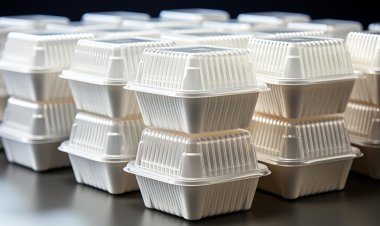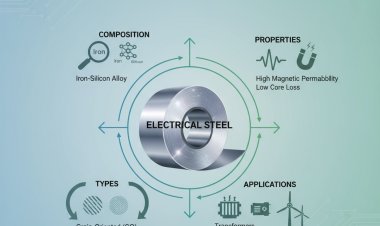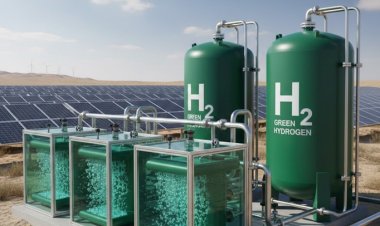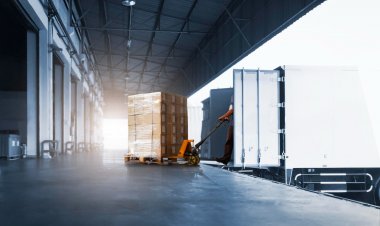Global Hydroponics Market Size to Reach $58.3 Billion at a CAGR of 7.5% by 2030
Vantage Market Research expects the Hydroponics Market to reach USD 58.3 billion by 2030, exhibiting a growth rate (CAGR) of 7.5% from 2023 to 2030.
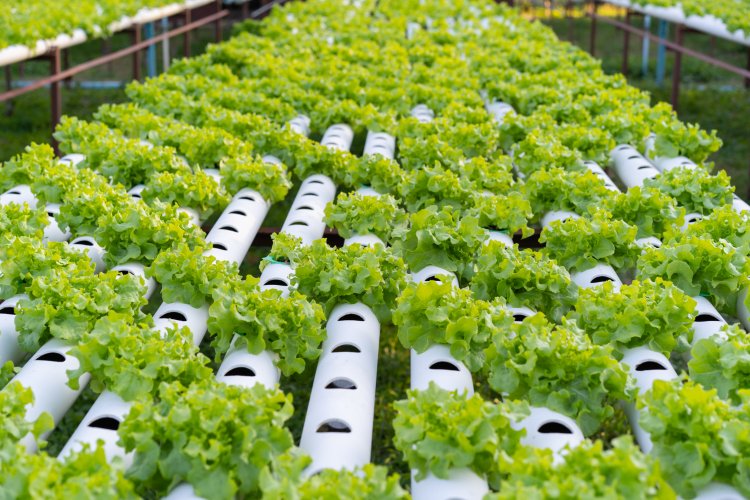
The Global Hydroponics Market size reached USD 35.2 Billion in 2022. Vantage Market Research expects the market to reach USD 58.3 billion by 2030, exhibiting a growth rate (CAGR) of 7.5% from 2023 to 2030.
Table of Content [TOC]
|
1. Introduction |
|
o The Growing Demand for Food Production |
|
o Challenges Faced by Traditional Agriculture |
|
o Hydroponics as a Solution to Sustainable Farming |
|
2. Understanding Hydroponics |
|
o Definition and Concept of Hydroponics |
|
o Soilless Cultivation and Nutrient Solution |
|
o Controlled Environment for Optimal Growth |
|
3. Advantages of Hydroponics |
|
o Water Efficiency: Reducing Water Consumption by 90% |
|
o Space Efficiency: Vertical Farming and Increased Productivity |
|
o Climate-Independent Growing: Year-round Crop Cultivation |
|
o Reduced Pesticide Use: Minimizing Chemical Interventions |
|
o Faster Growth and Higher Yields: Optimal Nutrient Supply |
|
o Nutrient Control: Tailoring Nutrient Composition for Specific Plants |
|
4. Types of Hydroponic Systems |
|
o Nutrient Film Technique (NFT): Thin Film of Nutrient-rich Water |
|
o Deep Water Culture (DWC): Plants Submerged in Nutrient-rich Water |
|
o Aeroponics: Roots Suspended in Air and Misted with Nutrient Solution |
|
5. Why Hydroponics is the Future of Sustainable Farming |
|
o Resource Conservation: Maximizing Resource Efficiency |
|
o Year-round Production: Overcoming Seasonal Limitations |
|
o Urban Farming: Reducing Transportation Emissions |
|
o Reduced Environmental Impact: Minimizing Pesticide and Fertilizer Use |
|
o Food Security: Meeting Growing Global Food Demand |
|
6. Conclusion |
|
o Hydroponics as a Paradigm Shift in Sustainable Farming |
|
o Ensuring a Sustainable Future for Food Production |
|
o Embracing Hydroponics for Thriving Agriculture |
|
7. Additional Resources |
|
o Further Reading on Hydroponics and Sustainable Farming |
Hydroponics: The Future of Sustainable Farming
In recent years, the global population has increased unprecedentedly, resulting in soaring demands for food production. However, traditional agricultural practices face multiple challenges in meeting these demands, such as limited resources, climate change, and soil degradation. As a result, the concept of Hydroponics has gained tremendous popularity for its potential to revolutionize sustainable farming.
Request Sample Report of Hydroponics Market @ https://www.vantagemarketresearch.com/hydroponics-market-2301/request-sample
Top Companies in Global Hydroponics Market
- AeroFarms Inc. (U.S.)
- AmHydro (U.S.)
- Argus Control Systems Ltd. (Canada)
- Emirates Hydroponics Farms (U.A.E.)
- Freight Farms (U.S.)
- Green Sense Farms Holdings Inc. (U.S.)
- LumiGrow Inc. (U.S.)
- Signify Holding (Netherlands)
- BrightFarms (U.S.)
Hydroponics is a soilless cultivation technique that involves growing plants in a water-based nutrient solution, eliminating the need for traditional soil. This method utilizes a controlled environment to provide vital nutrients directly to the roots of the plants, ensuring an optimal growth environment.
Advantages of Hydroponics
- Water Efficiency: Hydroponic systems use less water than conventional farming methods. The closed-loop systems re-circulate water, reducing water consumption by up to 90% compared to traditional agriculture.
- Space Efficiency: Since Hydroponics does not require soil, crops can be grown vertically or in smaller areas. This vertical farming technique allows for increased productivity, reducing land use.
- Climate-Independent Growing: Hydroponics enables year-round crop cultivation irrespective of weather conditions. Controlled environments provide optimal temperature, humidity, and light, resulting in higher crop yields and consistent harvests regardless of seasonal variations.
- Reduced Pesticide Use: Hydroponics significantly decreases the need for pesticides and herbicides. The controlled environment of hydroponic systems reduces the risk of pests, diseases, and weeds, eliminating the need for chemical interventions.
- Faster Growth and Higher Yields: Hydroponics promotes faster plant growth and higher yields due to the constant and readily available supply of nutrients. Plants grown hydroponically have access to all the necessary elements, allowing them to focus on growth and production.
- Nutrient Control: Hydroponics gives farmers complete control over the nutrient composition supplied to the plants. Farmers can tailor the growing conditions to each specific plant's needs by optimizing nutrient levels, resulting in healthier and more nutritious crops.
Types of Hydroponic Systems
- Nutrient Film Technique (NFT): In this system, a thin film of nutrient-rich water constantly flows over the roots of the plants. The excess water is collected, re-circulated through the system, and reused.
- Deep Water Culture (DWC): Plants are suspended in nutrient-rich water, with their roots fully submerged. Oxygen is continuously provided through an air pump, ensuring the roots remain healthy and oxygenated.
- Aeroponics: This system involves suspending plant roots in the air and misting them with a nutrient solution. The fine mist ensures optimal nutrient uptake while providing the roots with oxygen.
Buy Now Our Hydroponics Industry Report @ https://www.vantagemarketresearch.com/buy-now/hydroponics-market-2301/0
Why Hydroponics is the Future of Sustainable Farming
- Resource Conservation: Hydroponics maximizes resource efficiency by significantly reducing water consumption, land use, and nutrient waste.
- Year-round Production: With Hydroponics, farmers can produce crops throughout the year, overcoming seasonal limitations and ensuring a consistent food supply.
- Urban Farming: Hydroponics allows farms to be established in urban areas, reducing the reliance on long-distance transportation and carbon emissions associated with food distribution.
- Reduced Environmental Impact: Hydroponics reduces pollution runoff and protects ecosystems by minimizing pesticide and fertilizer use.
- Food Security: Hydroponics provides a solution to the challenges of food scarcity and the need to produce more food with fewer resources. It offers a sustainable way to meet the growing global food demand.
Conclusion
Hydroponics represents a paradigm shift in sustainable farming and provides a viable solution to the challenges faced by traditional agricultural practices. Hydroponics provides a sustainable future for food production through its water efficiency, space efficiency, climate independence, and reduced pesticide use. By adopting this innovative cultivation technique, we can contribute to resource conservation, promote urban farming, minimize environmental impact, and ensure food security for future generations. It is time to embrace Hydroponics and unlock its potential for a sustainable and thriving agricultural sector.
Read Our Latest Press Release: Healthcare Regulatory Affairs Outsourcing Market - In-depth Analysis
Contact us
Eric Kunz
6218 Georgia Avenue NW Ste 1 - 564
Washington DC 20011-5125
United States Tel: +1 202 380 9727
Email: [email protected]
Website: Vantage Market Research









